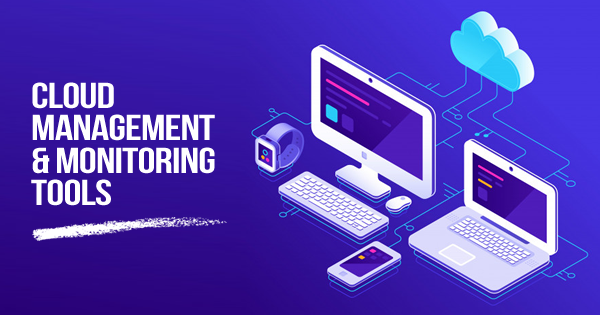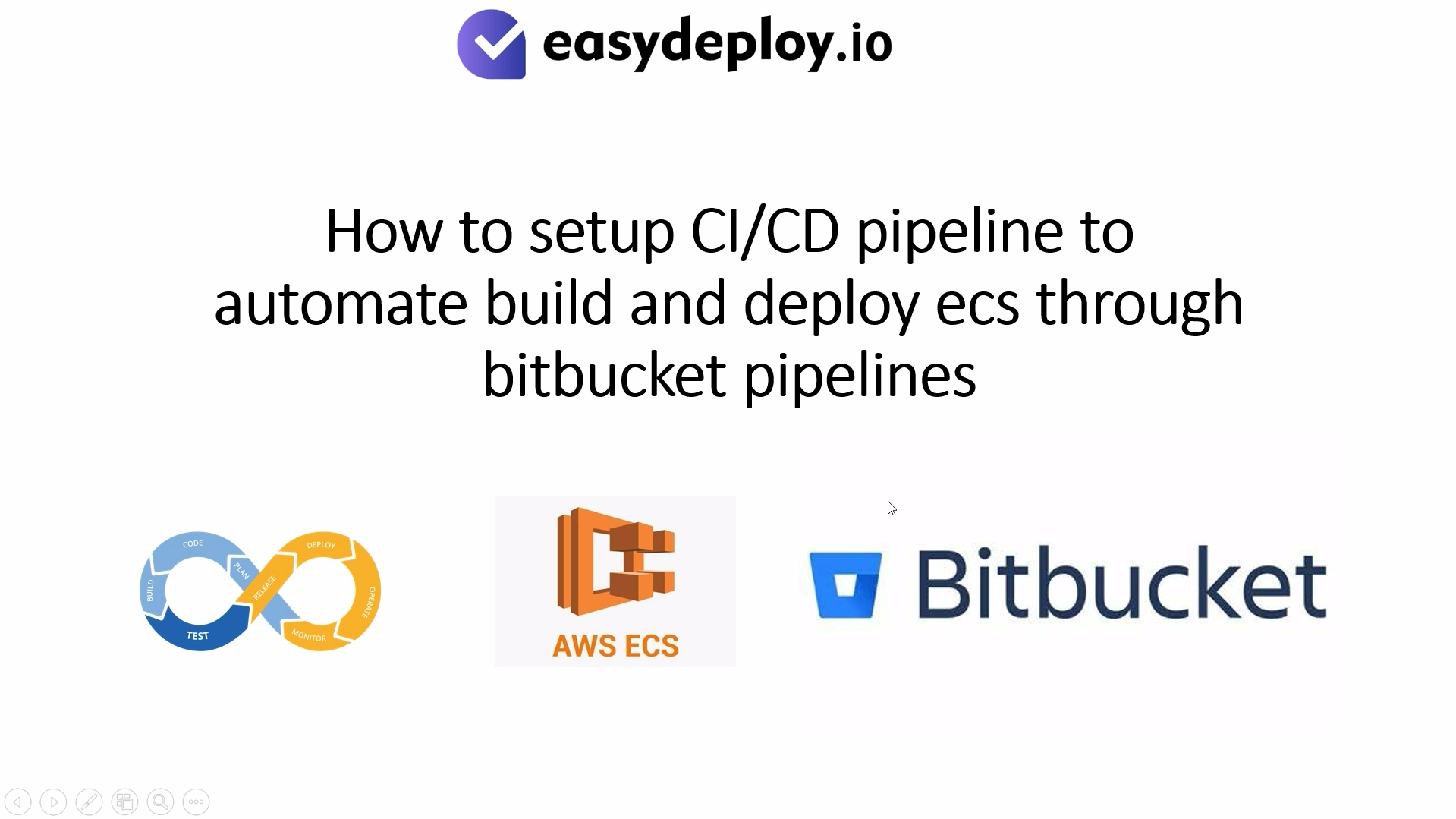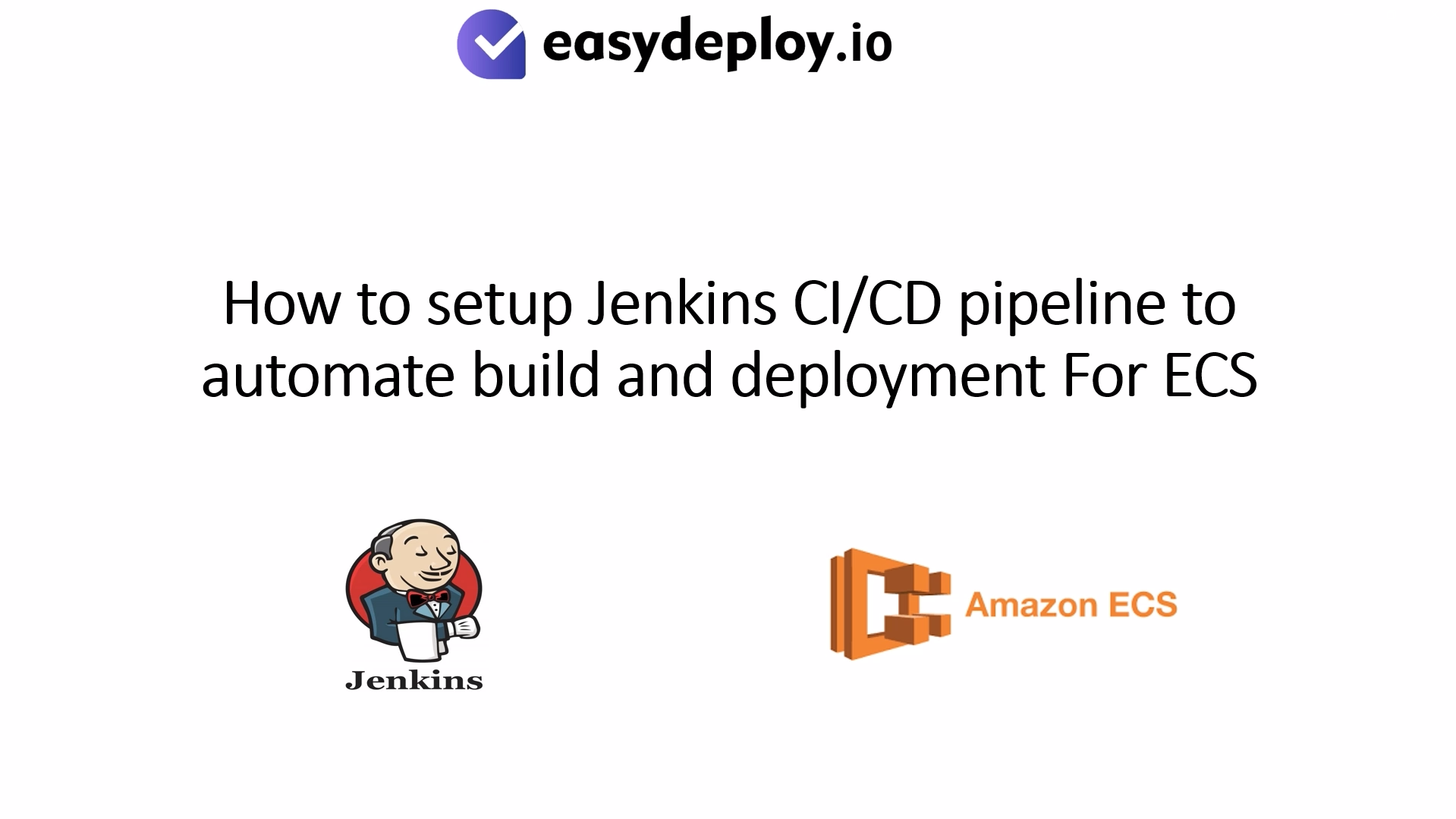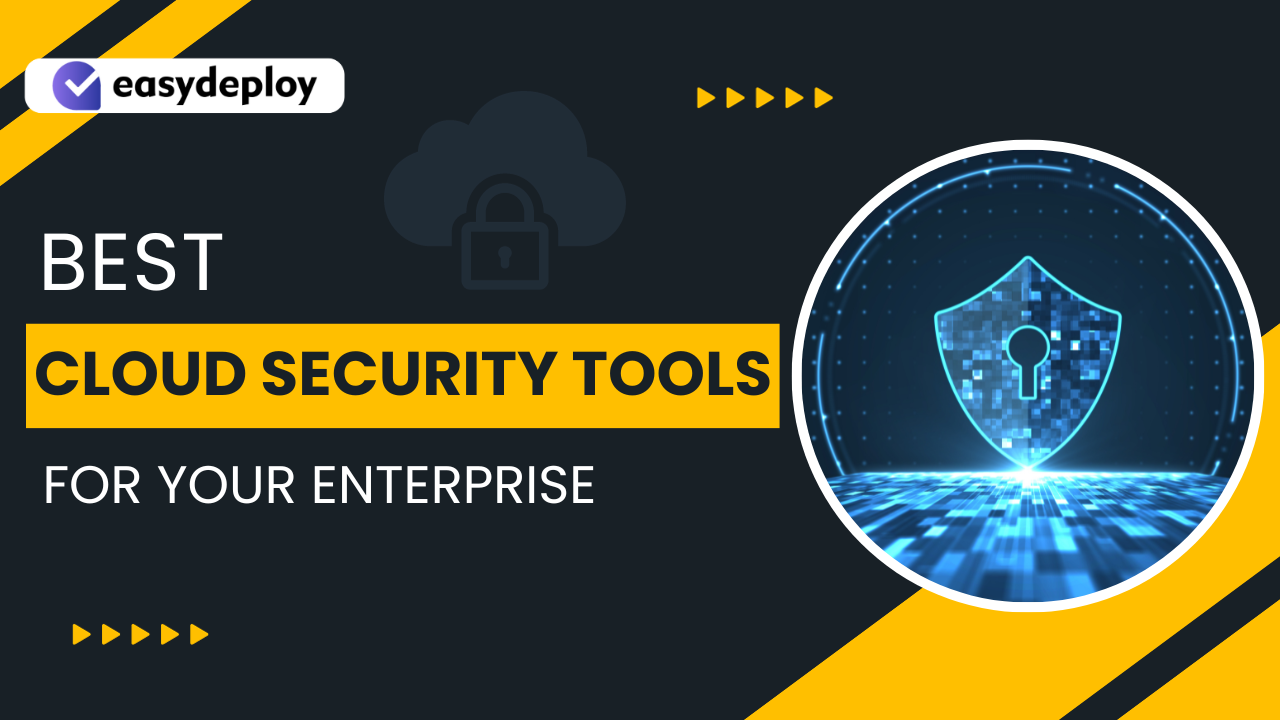Over the course of recent years, we have come across various improvements in the use of cloud services. Cloud monitoring tools have come to the forefront of the cloud computing landscape for various plausible reasons. Traditionally, monitoring in IT prominently involved the monitoring of servers and infrastructure. Nowadays, organizations recognize the importance of the cloud in large numbers, thereby resulting in a large-scale paradigm change in IT.
Cloud computing provides power to organizations for processing larger workloads. Also, it also contributes to the improvement of collaboration and mobility for employees. Using the cloud has many challenges, and so top cloud management tools are important for simplifying them. Cloud management can improve only through appropriate monitoring of performance in cloud environments.
Haven’t yet migrated your business infrastructure to the cloud? Try it now with some Cloud Migration Best Practices and take a step ahead.
Top 10 Cloud Management and Monitoring Tools
Cloud management and monitoring tools can help in providing support for analysis as well as the management and optimization of data-processing workloads. The following discussion aims at reflecting on different tools for cloud monitoring and management. In addition, the discussion would also present brief insights into the definition of cloud monitoring before the outline of tools.
The primary intention of focusing on the definition of cloud monitoring before discussing cloud monitoring tools is to understand their importance. Furthermore, we can also learn about the impact of cloud monitoring on cloud management and optimization.
Cloud monitoring involves the use of automated and manual tools for management, monitoring, and evaluation of cloud computing architecture, services, and infrastructure. Cloud monitoring refers to the use of an all-encompassing cloud management strategy that allows administrators to monitor the status of cloud-based resources.
As a result, cloud management and monitoring can go hand-in-hand for recognizing any potential defects and troubling patterns. So, you could resolve minor issues right from the start without running any risks of developing major problems. Without any further ado, let us dive now into the top cloud management tools.
1. Amazon CloudWatch
Amazon CloudWatch is an innovative offering from the house of Amazon Web Services (AWS). CloudWatch stands apart from other cloud monitoring tools due to its specific applications in AWS. It can help in observing and tracking metrics on AWS resources such as EC2 instances, EBS volumes, and RDS database instances.
CloudWatch also shows its mettle as an ideal cloud monitoring tool with facilities of setting alarms and storing log files. It can also act as one of the reliable cloud optimization tools by providing features for responding to AWS resource changes.
A closer and insightful look at the system’s overall health and performance through CloudWatch can support optimizing your application’s operations. The most promising advantage of CloudWatch is the lack of any need to install additional software. However, you need to support CloudWatch with other cloud management strategies to prevent the negative impacts of unprecedented events.
2. AppDynamics
AppDynamics Application Performance Management tool is also one of the prominent names among tools for cloud monitoring. The reputation of AppDynamics in the delivery of corporate and operational understanding of application performance, business impact, and user experience are unquestionable.
The features of AppDynamics APM to monitor corporate actions in real-time makes it one of the best cloud optimization tools. It provides support for Java, Node.js, PHP and .NET as well as automatic application mapping. Most important of all, the proactive alerts for identified problems can increase responsiveness to incidents in your applications or websites. However, it requires more time for setup and additional training for understanding the dashboards.
Also Read: How to Set up Cloudflare CDN?
3. Slack
The next entry among top cloud monitoring tools is Slack. Slack is helpful in obtaining application integration related to IT, network, cloud monitoring, and server. The benefits of Slack, as compared to other tools, implies the publication of an API. The API is ideal for creating applications with third-party vendors and can integrate directly with Slack.
Slack is also an ideal tool for cloud optimization as it helps in writing custom integrations. Slack also helps in responding automatically to certain messages. Organizations can use Slack for optimizing their organizational performance by bringing all communications to a single place. How?
Real-time messaging and archiving capabilities could contribute to improved organizational communications. It can also help in simplifying cloud management by the consolidation of various team collaboration and communication channels.
4. Wrike
Wrike is one of the best cloud optimization tools for project management. It is capable of various functions. The actions of Wrike are the same as that of Slack as it provides a consolidated workspace for distributed teams. You can find diverse tools in Wrike ideal for cloud management.
Some of the notable features include performance monitoring, analytics, and task automation. Most important of all, enterprise-grade security solutions can assure information security at all costs.
5. IBM Cloud Orchestrator
IBM Cloud Orchestrator is undoubtedly one of the best tools for cloud management. It is ideal for the automation of provisioning cloud services by leveraging policy-based tools. The facilities of IBM cloud orchestrator include configuration, provisioning, and deployment of development environments.
Furthermore, it can also help in the integration and addition of service management. IBM states that this tool can help in improving service delivery times by almost 90%.
Are you a cloud developer? Here are the Top Cloud Developer Skills that will take your cloud career to the next level.
6. Hyperic
Hyperic is another prominent mention among cloud monitoring tools in the present. It comes from the house of vRealize, a division of VMware, thereby adding up to its reputation. The specific application of Hyperic as a monitoring platform for a diverse range of systems makes it an ideal cloud monitoring tool.
You can use it to monitor applications running in physical, virtual, or cloud environments. You can also get a detailed view of infrastructure, performance, utilization, tracklogs, and changes in all layers of server virtualization.
7. CA Unified Infrastructure Management
CA Unified Infrastructure Management (CA UIM) is a one-stop solution for event management in IT operations. The extensions of this tool over activators, auto workers, and scripting, prove successful in cloud management. The combined architecture benefits of CA UIM prove helpful for conventional and cloud environments.
8. AppFormix
AppFormix is also one of the common additions among cloud optimization tools. It serves as a platform for application management and orchestration to get end-to-end visibility in multi-cloud environments. As a result, you can clip off potential issues easily. The intent-based analytics helps ineffective translation of raw data into usable formats.
9. Microsoft Cloud Monitoring
Microsoft Cloud Monitoring might have come a little bit late in this list of cloud monitoring tools. However, you need to have this urgently when running your applications on MS Azure.
It can help you find reliable insights for your workloads through monitoring applications, analysis of log files and recognition of security threats. The ease of setting up in-built monitoring tools also improve the appeal of Microsoft Cloud Monitoring.
10. New Relic
New Relic is the right cloud monitoring tool for dealing logically with various complex and consistently changing cloud applications. The benefits of New Relic involve application monitoring from a single place. As a result, you can view error rates, slow transactions, a list of running servers, and page loading speed at a single place.
Also Read: Roles and Skills of a Cloud Architect
Conclusion
Based on the features of cloud monitoring tools in this discussion, you can find reliable solutions according to your requirements. The most important thing to keep in mind is that you need to understand the basic link that connects cloud monitoring, management, and optimization.
The outlook for using cloud monitoring and management tools in the future should focus on obtaining the best results with limited resources. The integration of cloud management and cloud monitoring tools with applications or websites provides a better impression of their performance.
The next course of action in choosing the right cloud monitoring tool should emphasize on review of different tools. If the tool does not fit your requirements, then try the other one!










